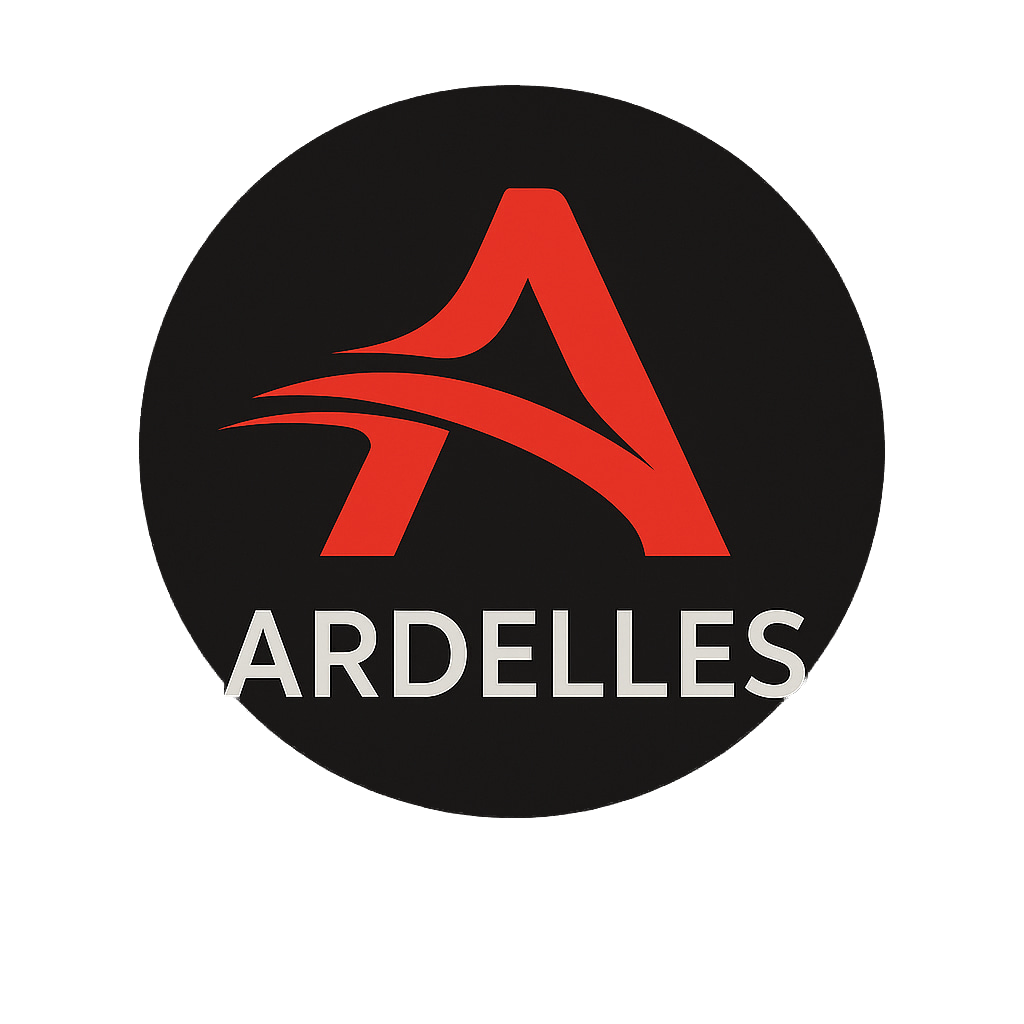Time is an essential concept that we use in our daily lives. It is the measure of the duration between events and is essential for organizing our lives, from setting appointments to determining when to wake up in the morning. In this report, we will provide a detailed overview of time, including what it is, how it is measured, and the different types of time.
What is Time?
Time is a concept that measures the duration between two events. It is an abstract idea that allows us to understand the order in which events occur. Time is often defined as a continuous progression of events that occur in a linear sequence. It is considered to be one of the fundamental quantities in physics, alongside space and mass.
Time is a relative concept, meaning that it depends on the observer’s frame of reference. For example, the time elapsed in a moving car will be different for a person inside the car compared to someone watching it from the side of the road. This is known as time dilation and is an essential aspect of Einstein’s theory of relativity.
Measuring Time:
Time is measured using a clock, which is a device that indicates the time. Clocks have been used for thousands of years, with the earliest known clock dating back to ancient Egypt. Today, there are many different types of clocks, from analog clocks with hands to digital clocks that display the time on a screen.
The most common unit of time used to measure duration is the second. One second is defined as the time it takes for a specific number of oscillations of a cesium atom. This definition was adopted in 1967 by the International System of Units (SI), which is the standard system of measurement used worldwide. The SI unit of time is the second (s).
Types of Time:
There are several different types of time, including:
Solar Time: Solar time is based on the position of the sun in the sky. It varies depending on the observer’s longitude, latitude, and the time of year.
Sidereal Time: Sidereal time is based on the position of the stars in the sky. It is used by astronomers to track the position of celestial objects.
Atomic Time: Atomic time is based on the vibrations of atoms. It is incredibly precise and is used for scientific purposes.
Universal Time: Universal time is a standard time used worldwide. It is based on the rotation of the Earth and is used to synchronize clocks around the world.
Coordinated Universal Time (UTC): UTC is a time standard used worldwide. It is based on atomic time and is adjusted to keep it in sync with the rotation of the Earth.
The Importance of Time:
Time is essential for many aspects of our lives. It allows us to plan and organize our days, schedule appointments, and meet deadlines. Time is also critical in science, where it is used to measure the duration of events and compare different phenomena.
Time is also a fundamental aspect of many cultural and religious practices. For example, the Muslim religion has specific prayer times throughout the day, while the Jewish religion has specific holidays that are based on lunar cycles.
Time is an essential concept that we use in our daily lives. It is the measure of the duration between events and is essential for organizing our lives. Time is relative and depends on the observer’s frame of reference, and it can be measured using a clock. There are several different types of time, including solar time, sidereal time, atomic time, universal time, and Coordinated Universal Time (UTC). Time is critical in science, culture, and religion and plays a significant role in many aspects of our lives.
CIA Classified Book about the Pole Shift, Mass Extinctions and The True Adam & Eve Story
Red Beans & Rice Favorite




